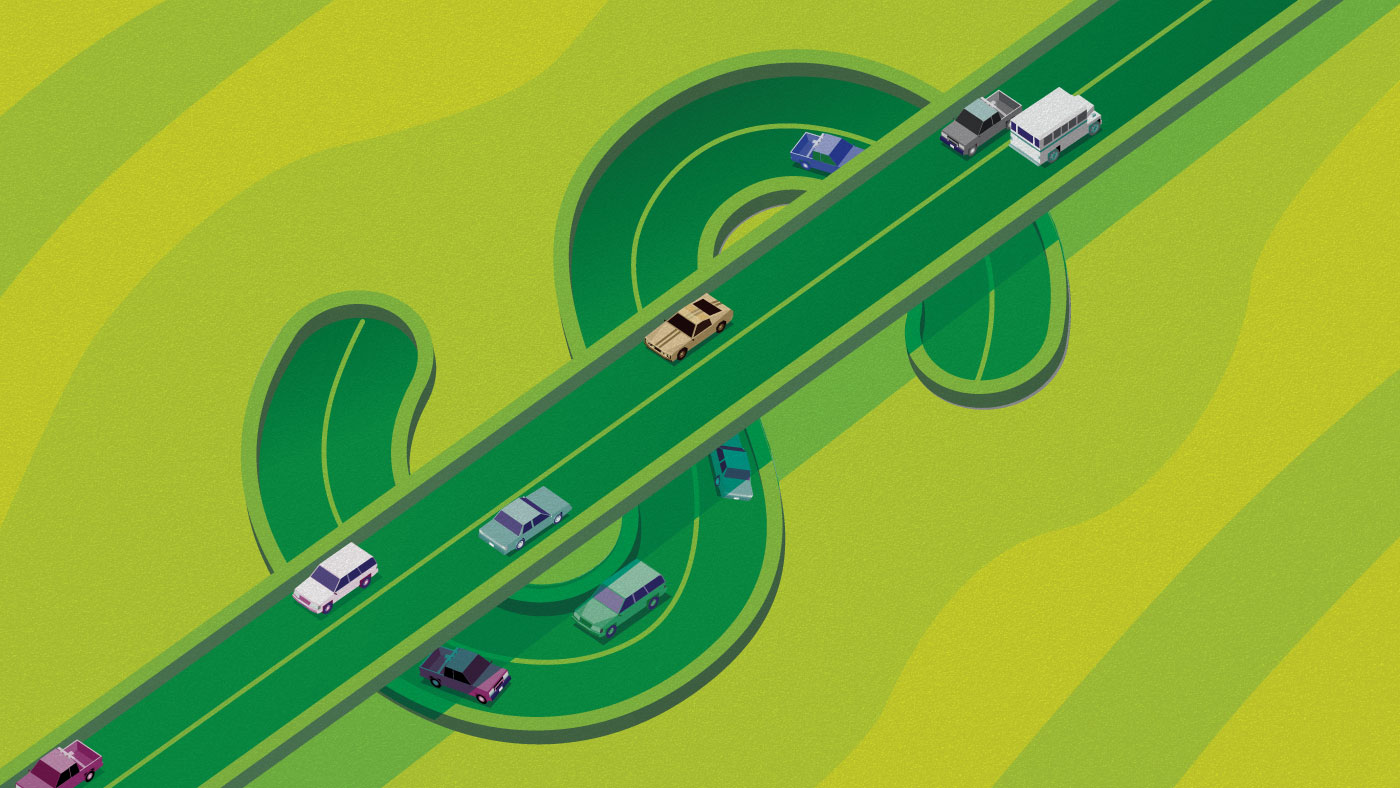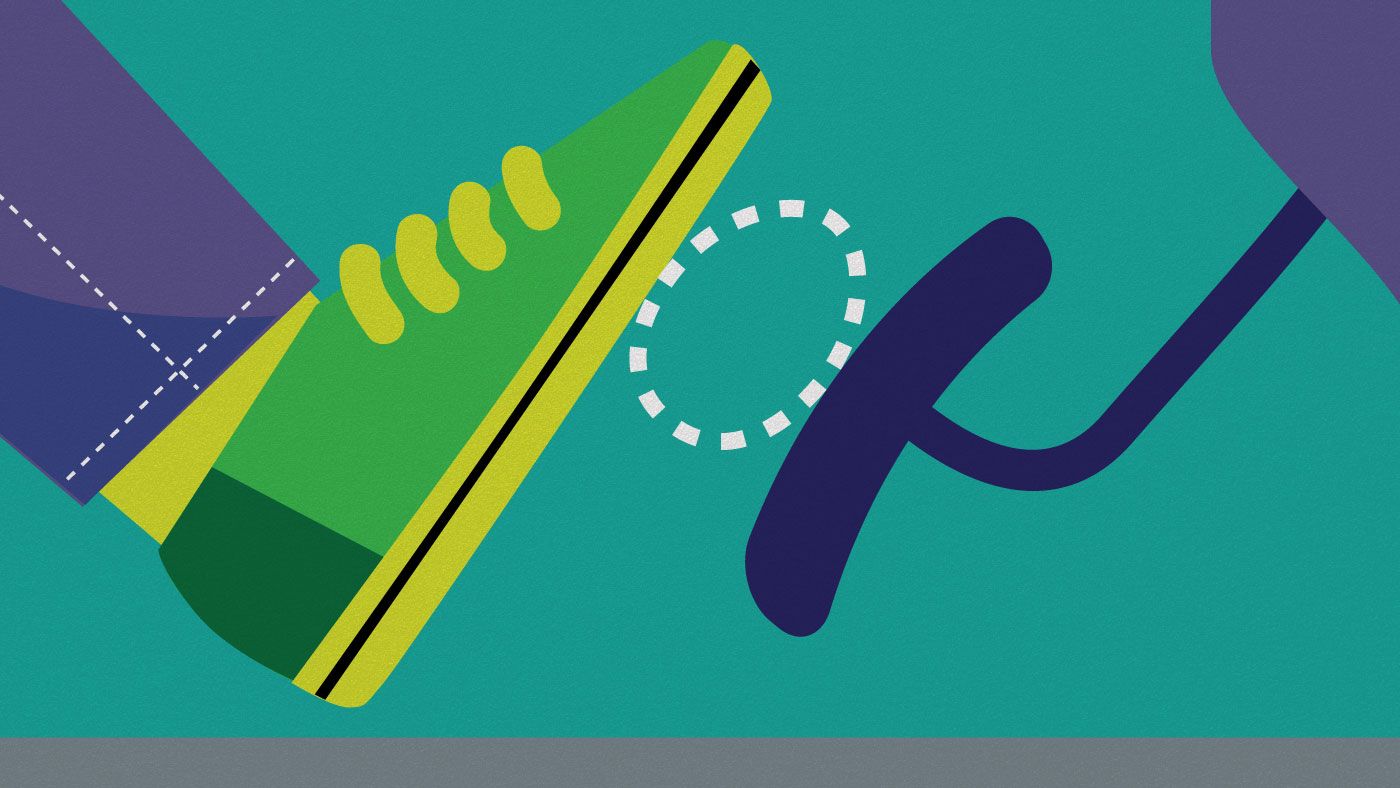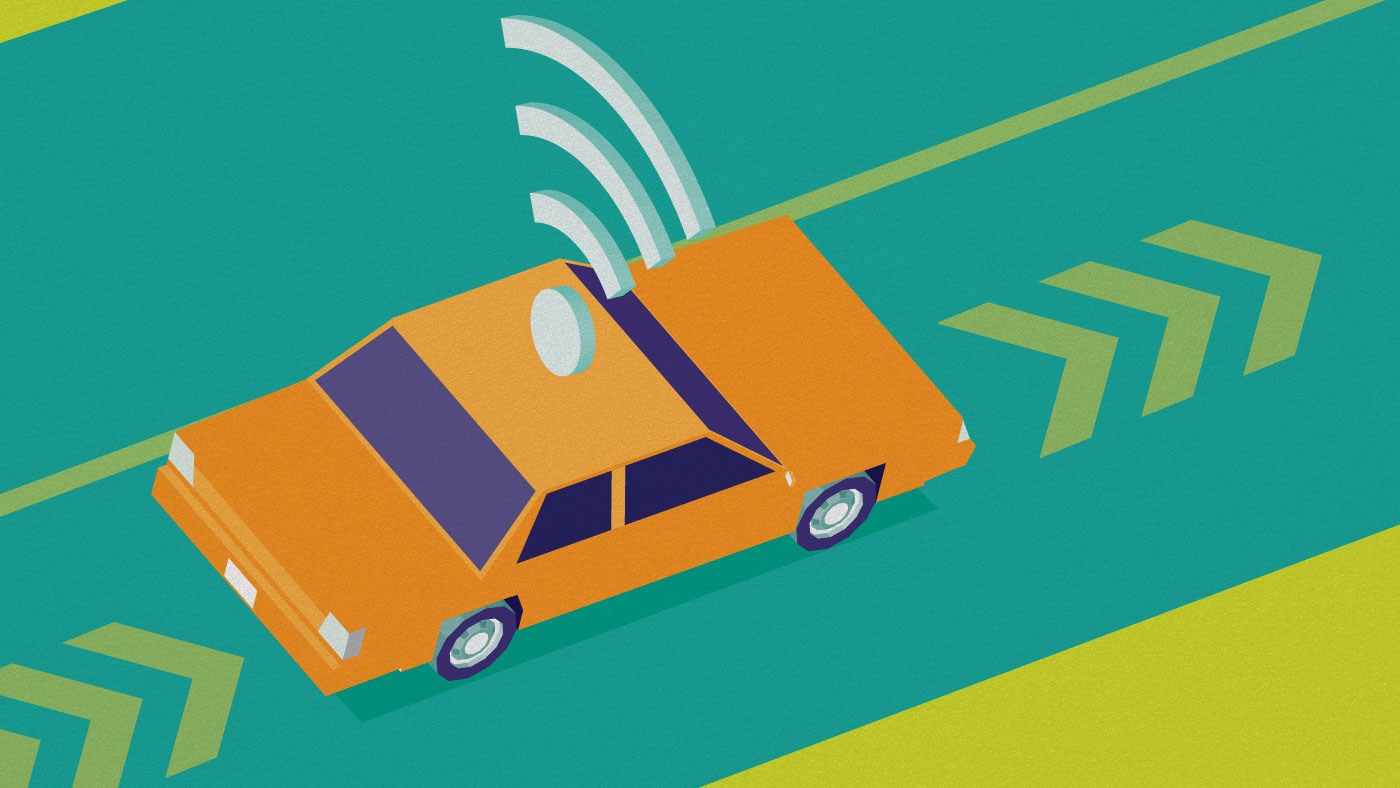Combine errands into one trip
Getting more things done in one outing can help increase gas mileage. Also consider what time you’re heading out—avoiding stop-and-go rush hour traffic can save you time and money.
Bonus tip: Give your car some TLC
These don’t involve driving, but good habits in maintaining your car can help increase gas mileage. Reduce fuel economy by maintaining recommended tire pressure, keeping the air filter clean and replacing exhaust oxygen sensors before they fail.


